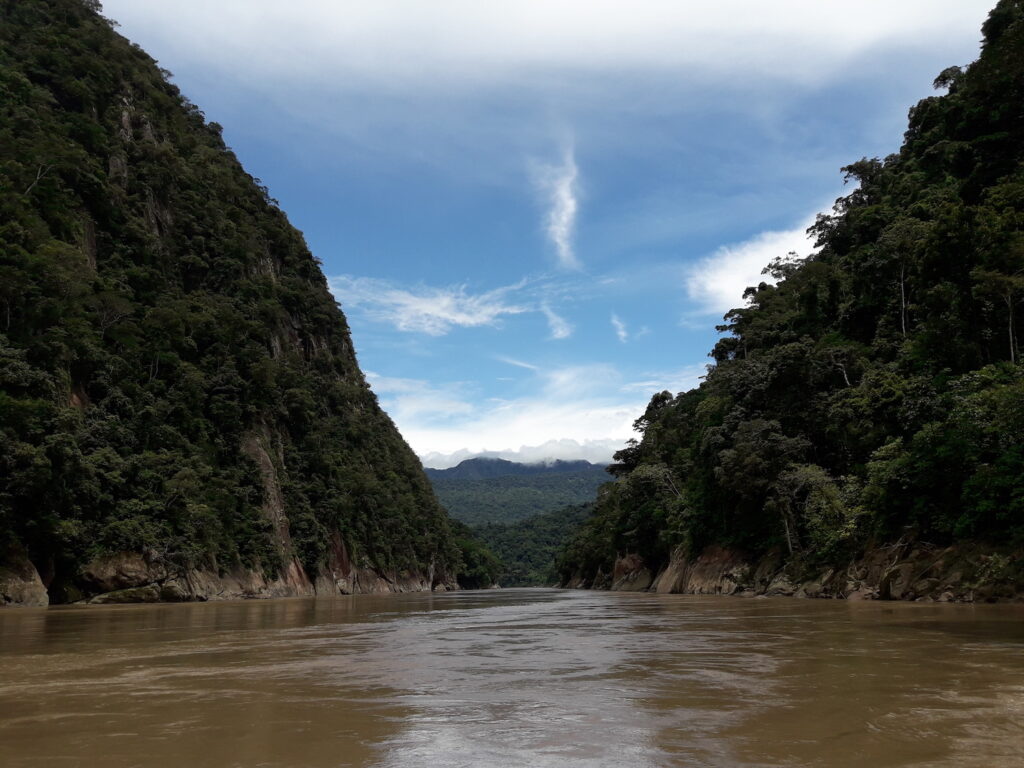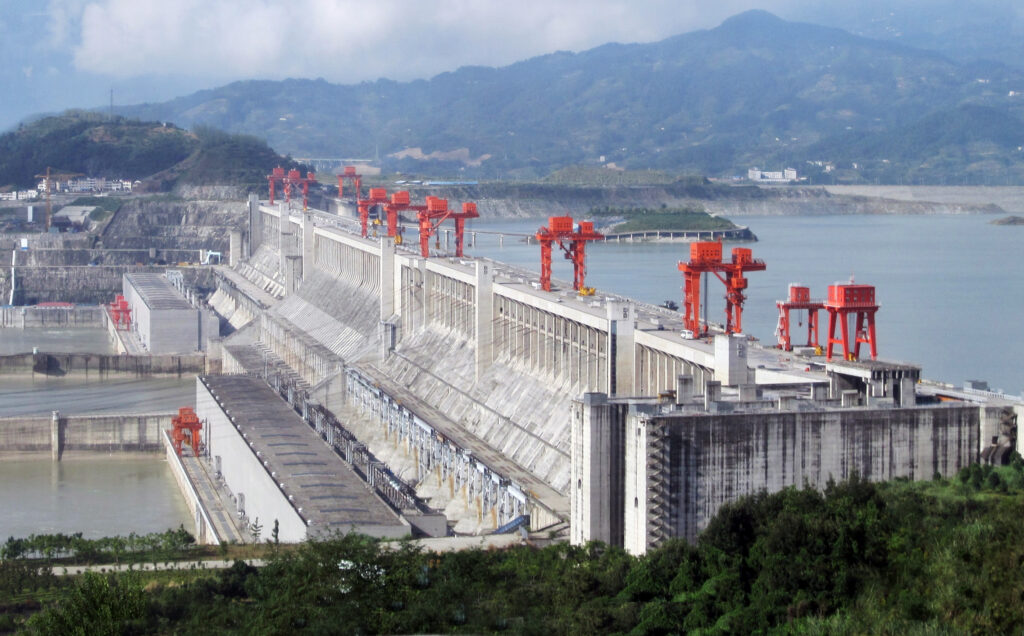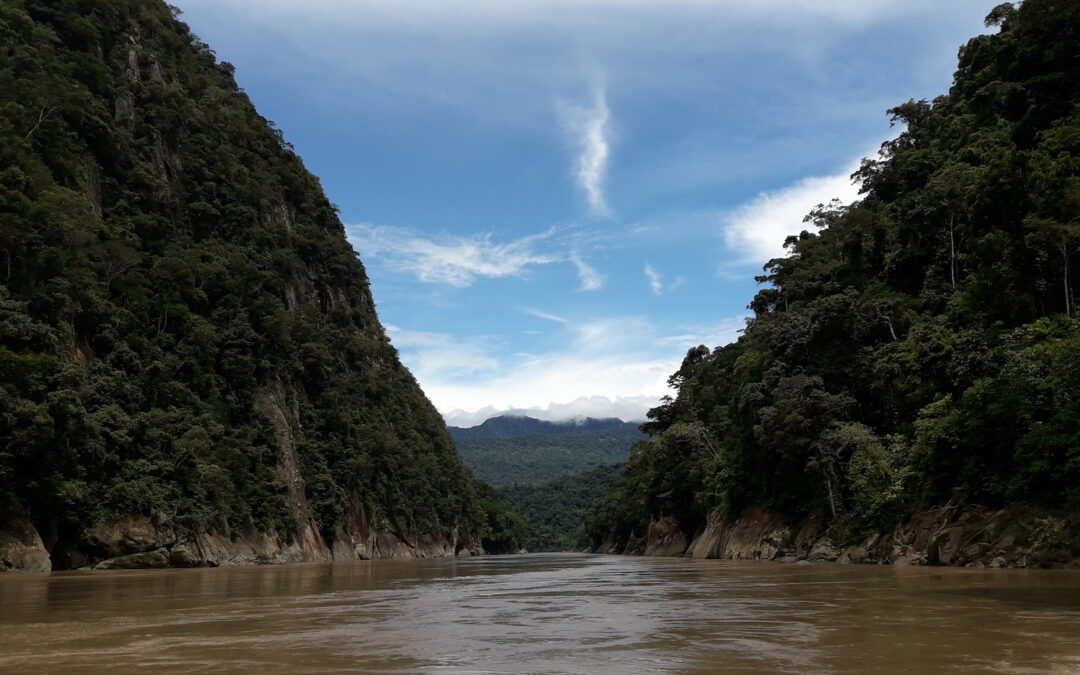- Bolivia’s energy infrastructure faces immense distraction from the rising water levels in various rivers.
- This may lead to impacts on various energy resources and lead to power outages in the country.

Rising water levels provide a blessing in terms of water supply and resources. Yet, it poses a challenge in Bolivia after enacting an orange alert after eight rivers determined to be at the risk of overflowing. The overflow could affect eight departments in the country. This could lead to floods, homes destruction, infrastructure and agriculture disruption. The national meteorology and hydrology service announced on January 2nd and in effect to January 7th. Overflow in rivers could affect power production and accessibility in various ways. This is as seen in increased water levels leading to lower hydropower production and infrastructure damage. many people could be in darkness with failure to proper mitigation.
A power line insulator is a component used to prevent the electric current leakage from the conductors. It also helps to prevent the undesirable flow of current to the earth from the supported structure. Electrical insulators do not allow free flow of electric currents or charges. This is because they are poor conductors of electricity. Common insulators include stay insulator, transmission insulator, spool insulator and distribution insulators.
How water levels affect hydropower production in Bolivia
The recent orange alert in Bolivia highlights the risks of overflown rivers in the various departments. This affects hydropower production either directly or indirectly. It leads to long-term consequences like increased maintenance costs and vulnerability to climate change. Thus, it would need the adoption of various measures to mitigate the effects. These measures include investing in flood control, enhancing infrastructure resilience and diversifying the energy mix. Power line insulators are from various materials such as glass, porcelain or polymer. The following are the various effects of overflowing rivers in the hydropower sector.
- Sedimentation and damage – the floods carry large amounts of sediments which may clog turbine blades and machinery. This may cause damages to the equipment and may then need maintenance shutdowns.
- Operational challenges – the fluctuating water levels and unpredictable flow patterns make it difficult to manage hydropower plants. This in turn leads to power grid instability and power outages in the country.
- Reduced water intake – increased water levels may disrupt the water intake systems at hydropower plants. This limits the flow of water to turbines and reduce the electricity generation capacity.
- Operational difficulties – fluctuating water levels make it challenging to manage hydropower plants. This in turn leads to grid instability and disruption in power supply.
- Transmission and distribution network disruptions – the increased water levels can damage power lines, transformers and other critical infrastructure. This hinders electricity delivery to affected areas in the eight Bolivian departments.

Potential measures to mitigate the impacts of overflowing rivers on power supply
The overflow of rivers poses a risk to Bolivian hydropower production and power accessibility. This requires active measures to reduce their impacts and ensure continued energy security. This would also require the collaboration between the government, community and private partners. It may include use of national energy policies and community preparedness programs. Power line insulators work with other fittings to ensure the secure connections on overhead lines. The specific strategies suitable for Bolivia depends on factors like geography, resources available and specific vulnerabilities. The following are the potential measures to mitigate the effects of rivers overflow in Bolivia.
- Flood control infrastructure – this may include building dams, levees and dikes to regulate river flows and divert excess water. This helps to protect the hydropower plants from direct flooding and debris impact.
- Sediment management – this may include investing in removal of sediments. This is to help prevent turbine damage and maintain efficient power generation.
- Warning systems – the implementation of real-time monitoring systems and flood forecasting models enables hydropower plants to prepare for rising water levels. This helps to adjust operations accordingly for efficiency. Power line insulators also prevents and protects the electrical devices from producing high voltage of power.
- Stronger transmission and distribution systems – this includes upgrading power lines, transformers and other infrastructure with flood resistant materials. This is to improve their resilience to flood damage and reduce power outages.
- Grid interconnectivity – connection of Bolivian grid with other countries allows for power imports during outages. It also helps to strengthen the regional energy security.
- Public awareness campaigns – this includes educating communities about flood risks and evacuation procedures. This helps them to prepare for and respond effectively to flooding events.


